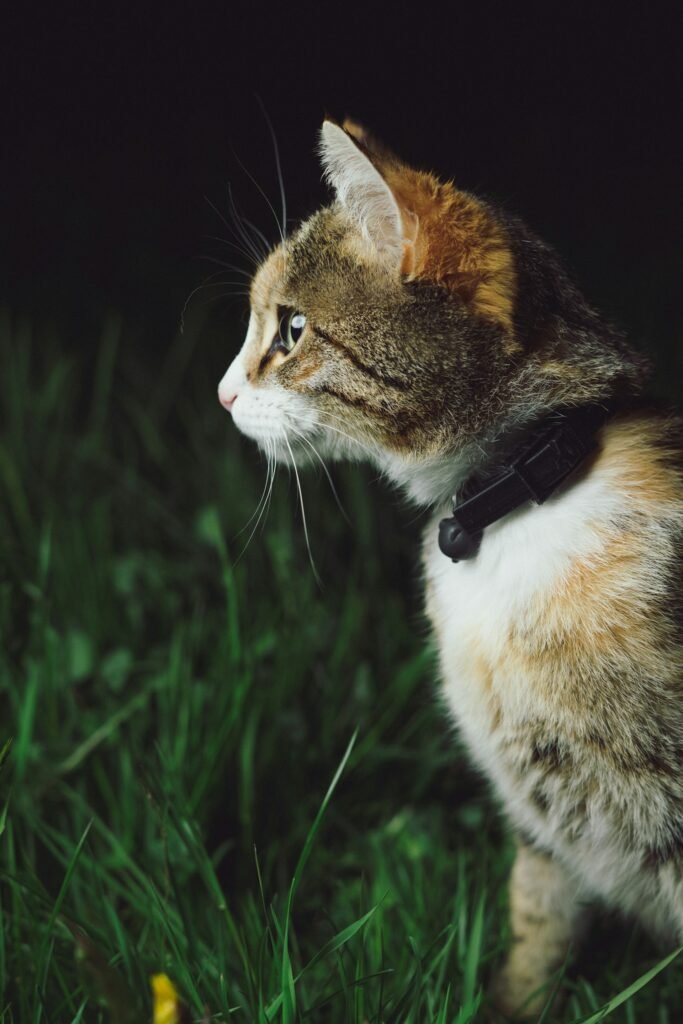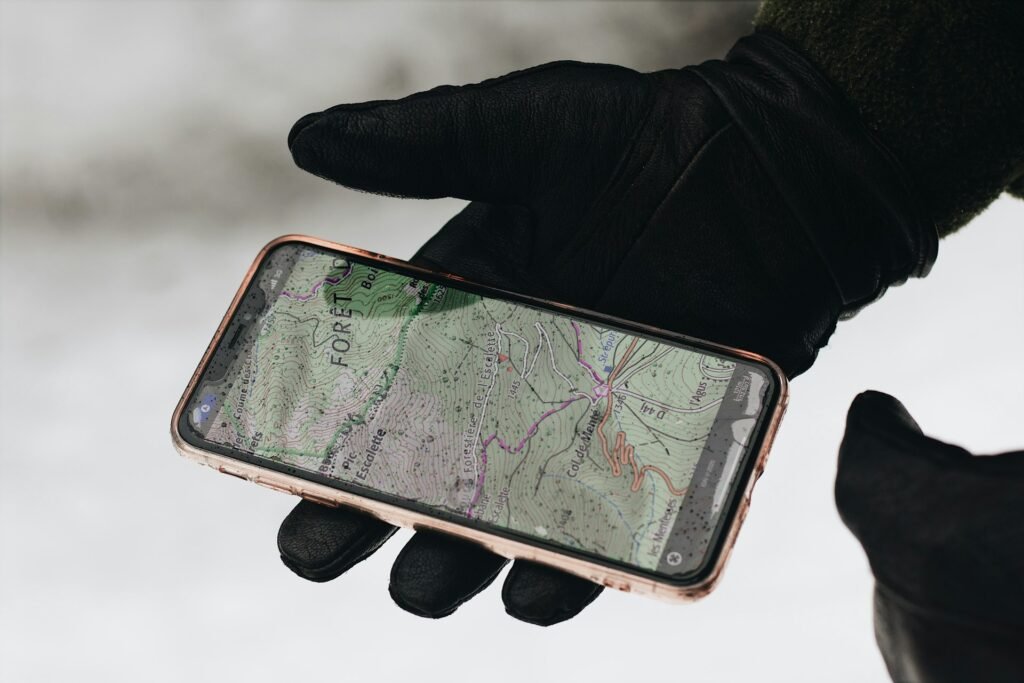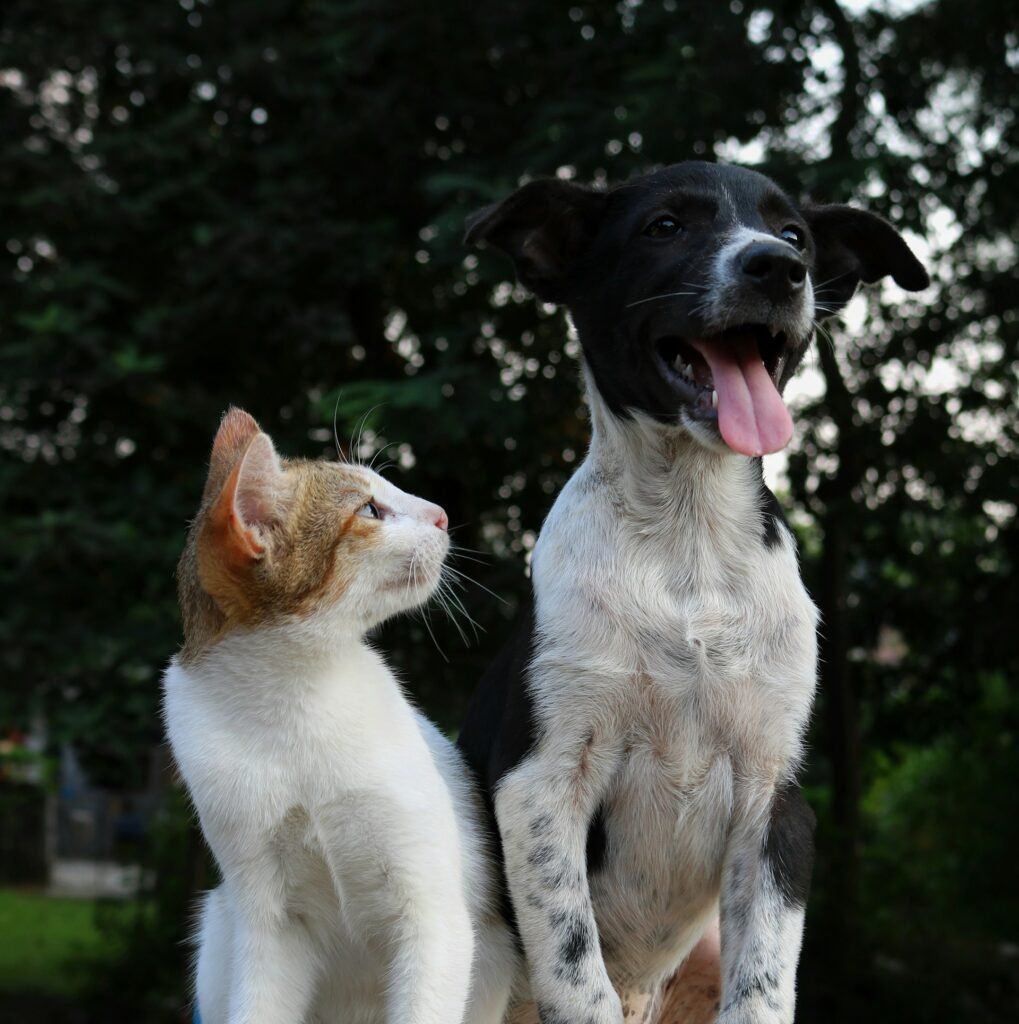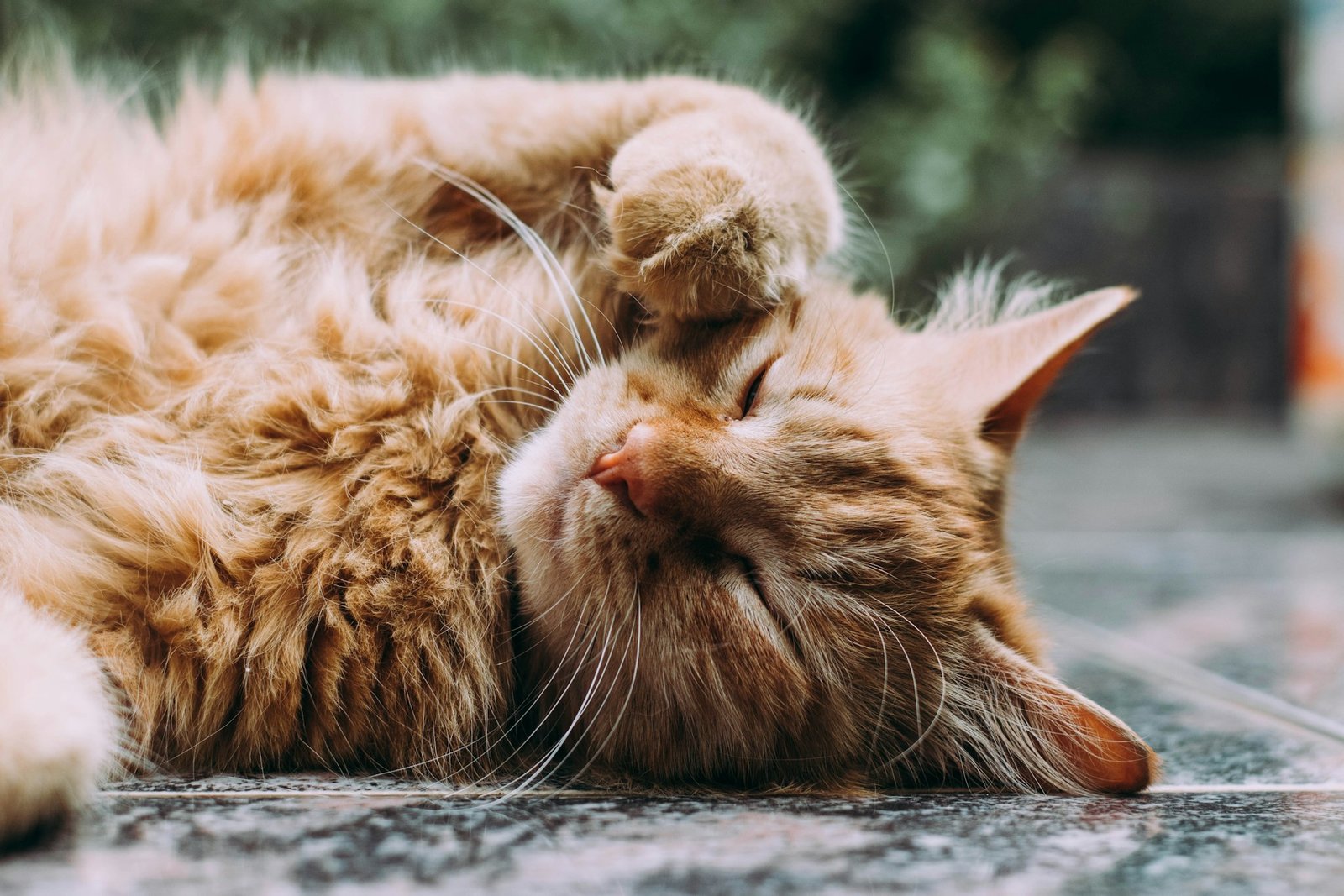7 Mistakes to Avoid When Choosing a Cat GPS Tracker
Choosing the right GPS tracker for your cat isn’t as simple as clicking the first shiny option on Amazon.
Trust me, there are plenty of ways to get it wrong—and some of them might leave you regretting your purchase (and chasing your cat down the street).
Here are the top 7 mistakes to avoid when choosing a GPS tracker for your feline friend.
1. Ignoring the Size and Weight

Let’s be real—your cat isn’t going to love wearing a bulky tracker. If you pick something designed for dogs or larger animals, it might feel like your cat’s dragging around a brick.
What to do instead: Look for a lightweight, compact design specifically made for cats. Most cats can handle a tracker weighing around 30 grams or less without turning into a drama queen.
Here’s a great video that you should watch!
2. Overlooking Battery Life
Imagine your cat goes missing, and just when you’re about to track them… the GPS dies. (Cue panic mode.) Battery life is a huge factor when picking a tracker, especially if your cat spends hours outside.
What to do instead: Choose a tracker with a long-lasting battery—ideally one that lasts at least 2-5 days between charges. Bonus points if it alerts you when the battery’s low.
3. Not Checking Coverage and Signal Strength
Some GPS trackers rely on cell networks, which means they’re useless in areas with poor coverage. So, unless you want to stare at “signal lost” notifications, make sure the tracker works in your area.
What to do instead: Check the tracker’s coverage map and compatibility with local networks before buying. If you live in a rural area, consider a tracker with alternative connectivity options like Bluetooth or radio frequency.

4. Skipping Waterproof Features
Cats have a knack for getting into wet situations, whether it’s jumping into puddles or rolling around in dew-covered grass. If your tracker isn’t waterproof, you’ll end up with an expensive paperweight.
What to do instead: Opt for a tracker that’s at least water-resistant (better yet, waterproof). Look for an IP67 or higher rating for maximum durability.
5. Assuming All Apps Are User-Friendly

Spoiler alert: not all GPS tracking apps are created equal. Some are clunky, confusing, or downright unhelpful. The last thing you want is to wrestle with an app when you’re trying to find your lost cat.
What to do instead: Read reviews about the app experience before buying. Look for trackers with simple, intuitive apps that offer real-time tracking, geofencing, and clear location history.
6. Ignoring Subscription Fees
Many GPS trackers require a monthly subscription for access to tracking services, and those fees can add up fast. If you’re not prepared for this ongoing cost, you might end up with a tracker that’s basically useless without a subscription.
What to do instead: Read the fine print and make sure you’re comfortable with the subscription fees. If you want to skip fees altogether, look for a tracker that uses Bluetooth or radio frequency instead of cellular data.

7. Prioritizing Price Over Quality
Let’s be honest—nobody wants to spend a fortune on a cat tracker. But if you go for the cheapest option, you might end up with a device that’s inaccurate, unreliable, or just plain annoying.
What to do instead: Strike a balance between budget and quality. Look for well-reviewed products from reputable brands. Remember, you’re investing in your cat’s safety, so it’s worth spending a little more for peace of mind.
Final Thoughts: Choose Wisely, Save Your Sanity
Picking the right cat GPS tracker might feel overwhelming, but avoiding these mistakes will make the process a whole lot easier.
Focus on size, battery life, coverage, and ease of use, and you’ll find a tracker that keeps your adventurous kitty safe—and saves you a few gray hairs. 😊

